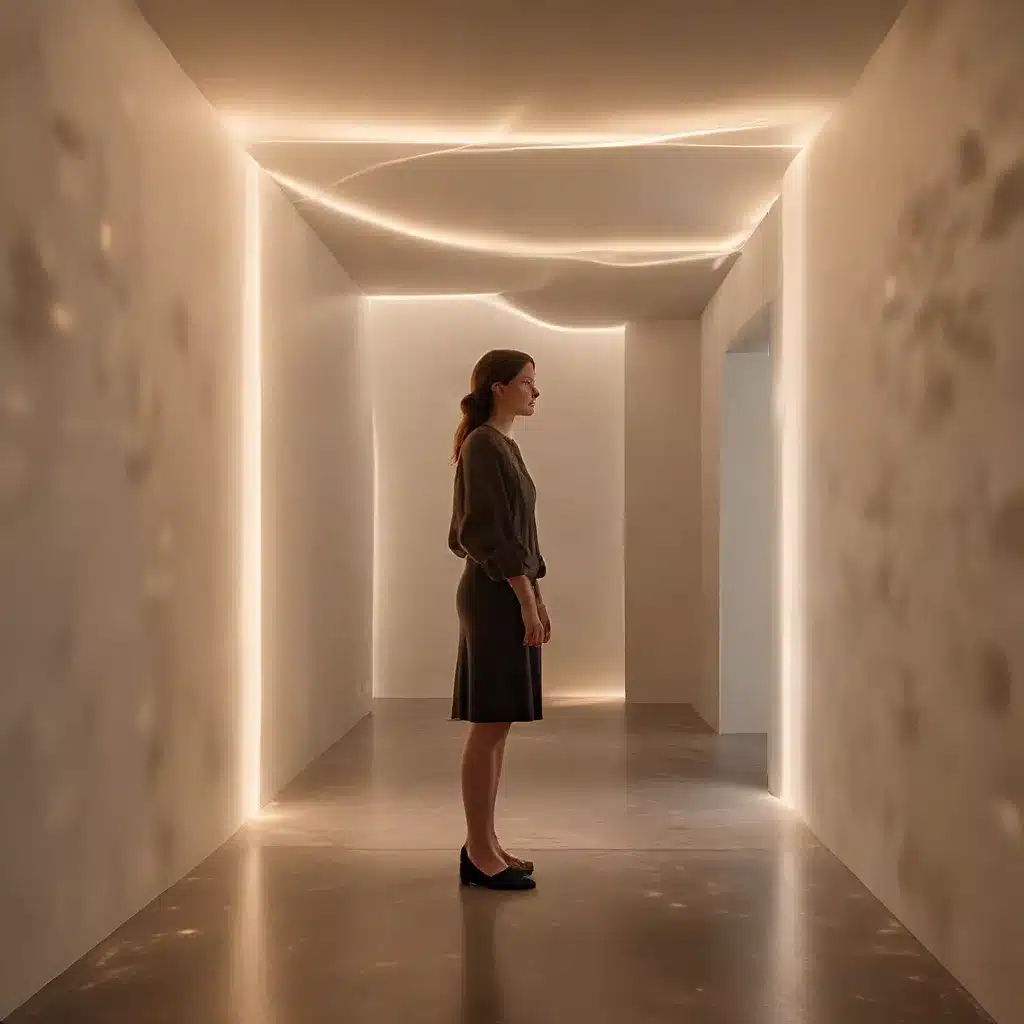
In the ever-evolving world of interior design, the power of lighting has emerged as a transformative force, capable of evoking profound emotional responses and shaping captivating experiences within our homes. Far beyond mere illumination, thoughtfully curated lighting designs can serve as catalysts for personal connection, inspiring moments of reflection, and fostering a deep sense of immersion in the spaces we inhabit.
Unlocking the Emotional Potential of Lighting
At the heart of this enlightened approach to interior design lies the concept of emotional design. As pioneering UX designer Don Norman explains, “Everything has a personality, everything sends an emotional signal.” This principle holds true for the strategic use of lighting, which can elicit visceral, behavioral, and reflective responses from those who occupy a space.
By understanding the emotive power of light, designers can craft environments that resonate on a deeper level, fostering a lasting connection between the user and their surroundings. From the soft, soothing glow of a meditation room to the vibrant, energizing hues of a coworking space, the thoughtful application of lighting can profoundly shape the mood, atmosphere, and overall experience of a room.
Immersive Lighting Installations: Blurring the Line Between Art and Function
One of the most captivating manifestations of this emotive lighting design approach can be found in the immersive light art installations showcased in WeWork spaces around the world. These site-specific installations, which use illumination and sculptural materials, transport observers beyond the confines of the physical realm, inviting them to embark on a visual journey and sensory exploration.
Take, for example, the Rising installation in the eight-story lobby atrium of WeWork 10 York Road in London. This mesmerizing piece features a multitude of vivid colors that transition throughout the day and night, creating a constant flow of movement and a sense of being “in flux,” much like the bustling area it occupies. By harnessing the power of dynamic lighting, the installation evokes a celebratory atmosphere, fostering a connection between the viewer and the global community that WeWork aims to cultivate.
Another striking example is the abstract neon chandelier suspended above the entrance of WeWork 12 Moorgate, also in London. Designed by former WeWork art and graphics designer Ben Field, this kinetic piece evokes a sense of movement and playfulness, changing the viewer’s perspective depending on their vantage point. Whether observed from the street or from beneath, the chandelier invites the viewer to reflect on the surrounding architecture and form, creating a captivating visual dialogue between the installation and its environment.
Leveraging Light to Enhance Emotional Experiences
The emotive impact of lighting design extends beyond these large-scale installations, permeating every aspect of the WeWork experience. In the meditation room at WeWork 10 York Road, for instance, layers of chromatic lighting are intentionally used to enhance and evoke different emotional states, complemented by mind-stimulating sound and music for an overall sense of tranquility and wellness.
Similarly, the interactive wall at WeWork 145 City Road in London features an animated abstraction made up of 30 digital pixel linear bars, which responds to physical movement. This playful integration of light and interactivity aims to efface the boundaries between the art and the viewer, fostering a profound sense of visual and emotional engagement.
Lighting as a Unifying Force
The collaborative efforts of WeWork’s lighting and art and graphics teams have been instrumental in leveraging the power of illumination to connect with members and visitors. By strategically placing impactful light art pieces in key locations, such as the striking six-and-a-half-meter-long installation along the staircase at WeWork 120 Moorgate in London, these designers are able to captivate the senses of the thousands of commuters who pass by the building each day.
These immersive experiences, which blend light, art, and architecture, serve as a unifying force, transcending cultural and linguistic barriers to foster a sense of community and belonging within WeWork’s global network. As research from Harvard University’s Graduate School of Education has shown, art in the workplace can significantly enhance the environment, facilitate social interactions, and elicit emotional responses – all of which are crucial in the wake of the pandemic, when connection and belonging have become even more vital.
Elevating the Residential Experience with Lighting Design
While these immersive lighting installations may be primarily showcased in commercial spaces, the principles of emotive lighting design can also be equally impactful in the realm of residential interior design. Homeowners and design enthusiasts alike can draw inspiration from these innovative concepts to transform their living spaces into sanctuaries that cater to their unique emotional needs and preferences.
By collaborating with experienced interior designers, homeowners can explore the nuances of lighting and its ability to enhance the overall ambiance and sensory experience of a room. From the warm, cozy glow of a living room to the energizing, task-oriented illumination of a home office, strategic lighting choices can dramatically influence how we perceive and interact with our personal spaces.
Conclusion: Embracing the Transformative Power of Light
As the design world continues to evolve, the role of lighting in creating emotionally resonant and visually captivating spaces has become increasingly profound. By understanding the emotive potential of illumination and harnessing its transformative power, interior designers and homeowners alike can craft environments that not only delight the senses but also foster meaningful connections and lasting memories.
Whether through immersive light art installations or thoughtfully curated residential lighting designs, the glow of the senses can serve as a beacon, guiding us on a journey of self-discovery, reflection, and enriched experiences within the spaces we inhabit. By embracing the emotional language of light, we can unlock new realms of design excellence and cultivate a deeper, more profound relationship with our surroundings.

